A Month in Siena 10/16/2023
Afropean
by Johny Pitts
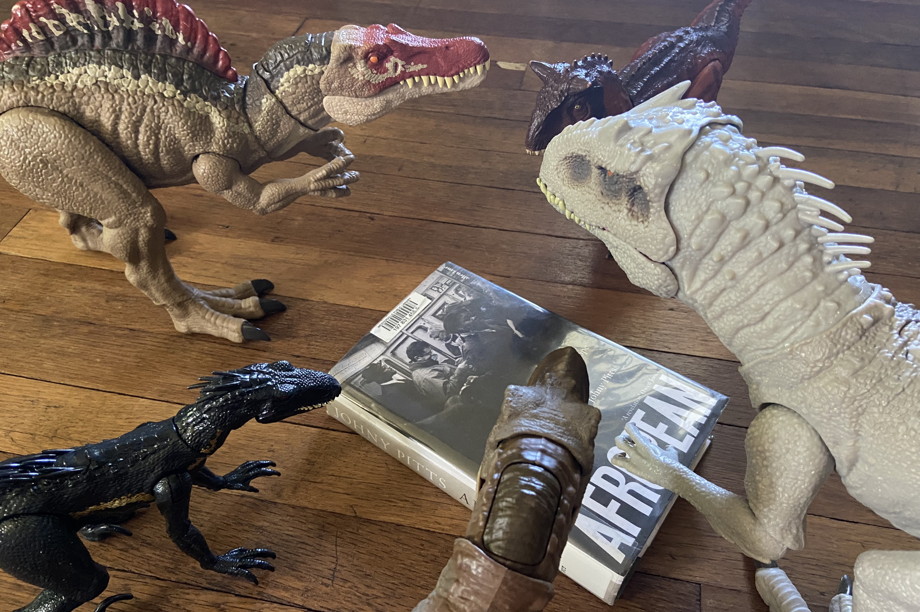
Review: Afropean (2019), by Johny Pitts. Arrangement by Francis Tann. August 2021.
Reading time: 4 minutes
Return to Blog Home
August 6th, 2021 at 11:49pm
Please consider disabling your ad blocker, it disrupts site functions in addition to blocking ads. Thank you!
There is so much to love. And yet.
Coined by David Byrne of Talking Heads and Marie Daulne of Zap Mama, the term "Afropean," as we learn in Johny Pitts's book of the same name, is richly descriptive and liberating.
"It [suggests]," Pitts writes in the introduction, "the possibility of living in and with more than one idea: Africa and Europe...without being mixed-this, half-that or black-other." In other words, a new identity, free from poor linguistic hygiene and some of the historical baggage of earlier times.
Afropean, the book, is the story of Pitts's travels throughout Europe in search of Afropean spaces and the people who inhabit them.
Background on this series is here.
It's also...more
As a young man living in France, I remember people who appeared to have a foot planted in each continent. They usually wore Western clothing accessorized with a dash of color or African jewelry. Native speakers of French as well as Arabic, Berber, Wolof, or any of a dozen other languages, they were equally comfortable preparing a poulet chasseur or a tabbouleh. They read Senghor and Simone de Beauvoir, etc.
Where [Afropean] succeeds, it soars. It is funny and intriguing—as well as enjoyable travel literature.
Pitts expressly rejects focusing on this "utopian vision" of an Afropean. "It would mean making the numerous groups of black men I saw at train stations, or the African women cleaning toilets...completely invisible."
The term "Afropean," in Pitts's hands, includes any African in Europe: utopian dual citizens, students, or immigrants. "I wanted to create a book," he says in a promotional video, "that basically showed that black people exist in Europe."
Afropean certainly does this. Where it succeeds, it soars. It's intriguing and funny—as well as enjoyable travel literature.
But fear of drawing lines, lest someone be left out, is the curse of any earnest liberal. The book's open-endedness and the random nature of travel create significant voids in the narrative: not everyone is a good fit, and sometimes he doesn't meet anyone. Pitts fills those gaps with navel gazing and tedious academic info-dumps.
Afropean started brilliantly. Later, I was eager to be finished.
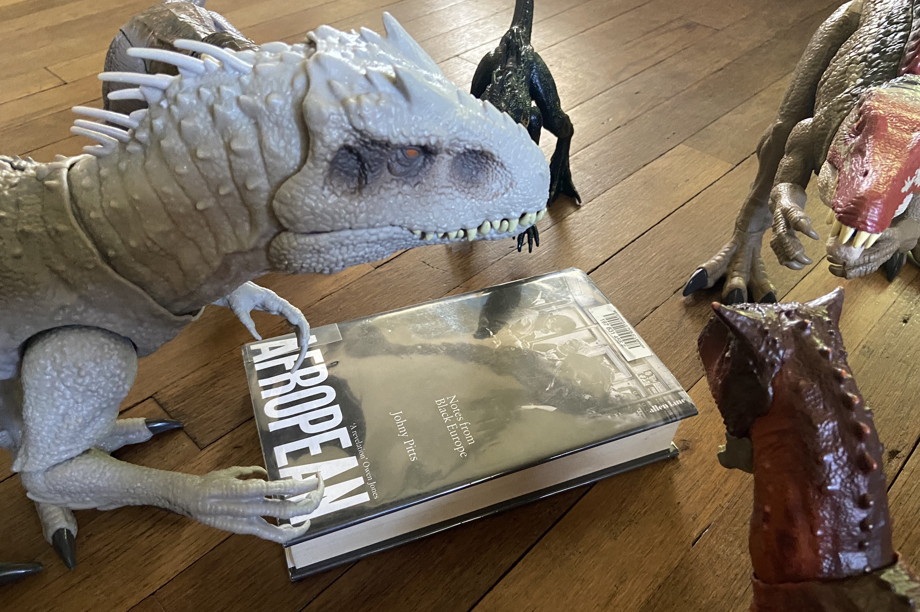
Johny Pitts is a keen observer, but I don't need to know how much he's read. |
The Itinerary
A native of Sheffield, England, Pitts assembles an itinerary that many travelers would love:
- Paris
- Brussels
- Amsterdam
- Berlin
- Stockholm
- Moscow
- Marseille and the French Riviera
- Lisbon
- Gibraltar
Quel début
Afropean opens with a Eurostar arriving at the Gare du Nord. Pitts lingers on the train and surveys the trash left behind by his traveling companions: "empty crisp packets, mini bottles of wine rolling on their side, and tables stained with coffee rings": detritus for two Senegalese men to clean up before the next departure.
He takes a guided tour of Black Paris and meets two African Americans, one of whom probably wishes, in hindsight, that he had offered fewer opinions, including a stupefying pearl he blurted out while walking the streets of "Little Africa," as the guide calls it, near Boulevard Barbès:
"Look at the way they dress, it's because a lot of them are stupid, dressing up all multi-colored and shit. They look like clowns. That's why Africa is so messed up, because they're corrupt and ignorant. And they ugly too! That's why they use all that color—to hide how ugly they are."
Yikes. But I have to admit it added quite a punch to Day One.

The photographs in Afropean, taken by Pitts, impart a sense of loneliness. |
In the rest of the chapters in Paris, Pitts plays the flâneur, ambling through the city and pondering the fake poverty of Hemingway's contemporaries, ruminating on his prejudice toward the Roma, and chatting with men from Sierra Leone and Ghana.
He watches a man get arrested near the Eiffel Tower.
He contemplates W.E.B. Dubois's concept of double-consciousness: "Two souls, two thoughts, two unreconciled strivings; two warring ideals in one dark body."
He strolls through Montparnasse, along the rue de Rivoli, and down the Champs-Elysées. He comes across a protest against perfumer Jean-Paul Guerlain who had recently said on primetime television, "I worked like a n***er [on my new fragrance]." (Guerlain later claimed people used the expression all the time when he was younger.)
Even worse, the content becomes more academic; citations, quotations, and theory cloud Pitts's compelling voice.
And then Pitts spends a few days in Clichy-sous-Bois, a suburb of the capital where, in 2005, two teenage boys were electrocuted while hiding in a substation from police. The deaths sparked devastating riots throughout France.
His descriptions of the suburb (in Western Europe, the suburbs tend to be blighted, not downtowns), the buses to get there, and his hotel are depressing. "Under the fading light, Clichy resembled Chernobyl and, in places, Aleppo—a deserted half-town falling to pieces."
He meets with a local activist who looks to America for inspiration.
Finally, in a scene reminding us how far most of Afropean is from our last vacation, we laugh at the guests in his hotel who make noise in the hallway. It's a rare moment of middle class travel.
Gina Says:
- It seemed so promising at the start.
- I can't believe some of the things people were willing to say to him.
- That's a really long fucking book.
In all of his encounters, the conversations and the energy of the streets make the pages turn. They also make the intellectual detours palatable.
Brussels
Afropean hits its high-water mark in Brussels. Pitts boards an empty TGV and arrives in the Belgian capital without a hotel reservation. He sits on bench and tries to reserve a room online while talking to gap year backpackers. Pickpockets target him; police appear and tell him to check his belongings. The entire scene feels familiar to anyone who has spent a few hours in a European train station, just sitting.
Pitts later attends a Marie Daulne concert and writes about the crowd.
I was confronted with an interpretation of "Afropean" I wasn't necessarily prepared for. There were a lot of dreads, mainly flowing from the heads of white women. (...) They looked like anthropology lecturers living the dream—having sex with their subjects. (...) The short white men [with black women] had a kind of preciseness about them that made me imagine they owned collections of limited edition Nike trainers and paid thousands for rare funk albums on vinyl.
He then finds the show incredibly entertaining and regrets being judgmental about the audience.
After introducing us to another utopian Afropean, an artist named Mufuki, Pitts bags on Tintin as a prelude to visiting the Royal Museum for Central Africa. The institution as renamed itself The AfricaMuseum, but it's still an easy mark for the author. Thanks to King Leopold II—not quite captain, but a regular starter on the team of The Most Evil Motherfuckers Who Have Ever Lived—Pitts can tear the museum apart. He does so, but with restraint, making his critiques all the more incisive.
"They looked like anthropology lecturers living the dream—having sex with their subjects."
Once Pitts has toured France and Belgium, the Afropean concept feels like a new lens. Afropean, the book, comes into focus. We see communities that many of us may not have known about. We see that their inhabitants struggle with complex identities. The project is fascinating.
A Slow Decline
After leaving Belgium, however, Pitts begins to appear less focused. This doesn't happen immediately, and it doesn't develop in a linear fashion, but the remaining chapters aren't nearly as interesting as the opening ones.
His experiences are boring (much of Moscow), go on too long (over-mining a few individuals in Stockholm), or aren't particuarly germane to the project (white Antifa demonstrations in Berlin). Even worse, the content becomes more academic; citations, quotations, and theory cloud Pitts's compelling voice.
The chapter "James Baldwin's St-Paul-de-Vence" might be the best example of this phenomenon. The opening paragraph paints a lovely picture of the village where Baldwin lived decades ago and Pitts's arrival in it, but then Baldwin's home, in disrepair, becomes a vehicle for ruminations and literary history. Certainly, Baldwin was an Afropean. He died in 1987. The semiotics of ruin and neglect are clear, but other than the easy pass at symbolism...why is this chapter here?
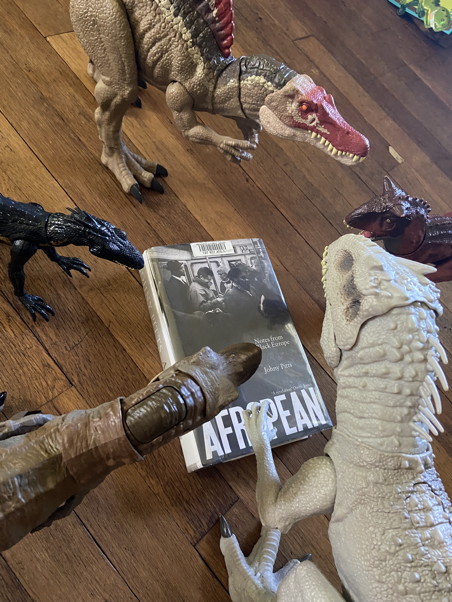
Check out afropean.com. |
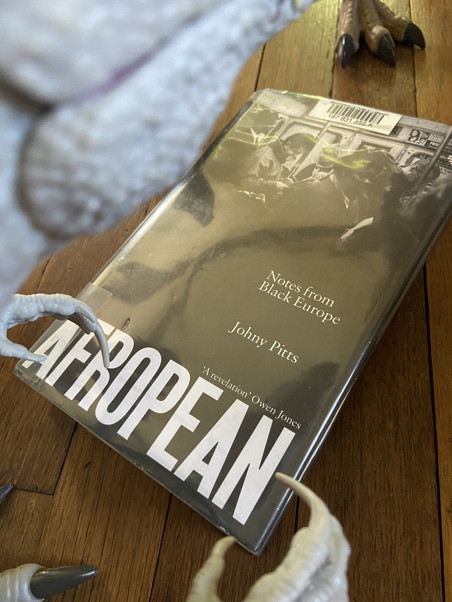
I laughed at how Pitts refers to young men in a hostel as "bitchy." |
Strong Finish
The penultimate section explores the Cova da Moura community outside of Lisbon. Thankfully, Pitts and a few acquaintances go do something, even if it's just walking around a neighborhood where Angolans and Cape Verdeans dislike each other. This activity gives the reader a sense of place, introduces us to people, and expands upon his project.
In the final chapter, at Europa Point in Gibraltar, Pitts wants to view Africa from Europe—a powerful metaphor for his undertaking—but the fog and rain obscure everything. He's looking in the right direction, but something's in the way.
And with that, he turns around and goes home.
Click here to list the 44 Reviews which have already been published.
Recent Posts
Eyewitness Travel: France 4/24/2023
L'Africain du Groenland 8/2/2022
On the Plain of Snakes 5/17/2022
Volcanoes, Palm Trees, and Privilege 3/22/2022
L'axe du loup 2/28/2022
The Art of Travel 12/31/2021
Postcard: Los Angeles 11/5/2021
Afropean 8/6/2021
Roadrunner 7/22/2021
Popular Tags
Archive
Show moreAbout
Recent Tweets
If you toggle the switch above the words "Recent Tweets" and it still says, "Nothing to see here - yet," it means the idiot who broke Twitter either hasn't gotten around to fixing this feature, or intentionally broke it to get us to pay for it (which is moronic, I can easily live without it and it generated traffic to his site).

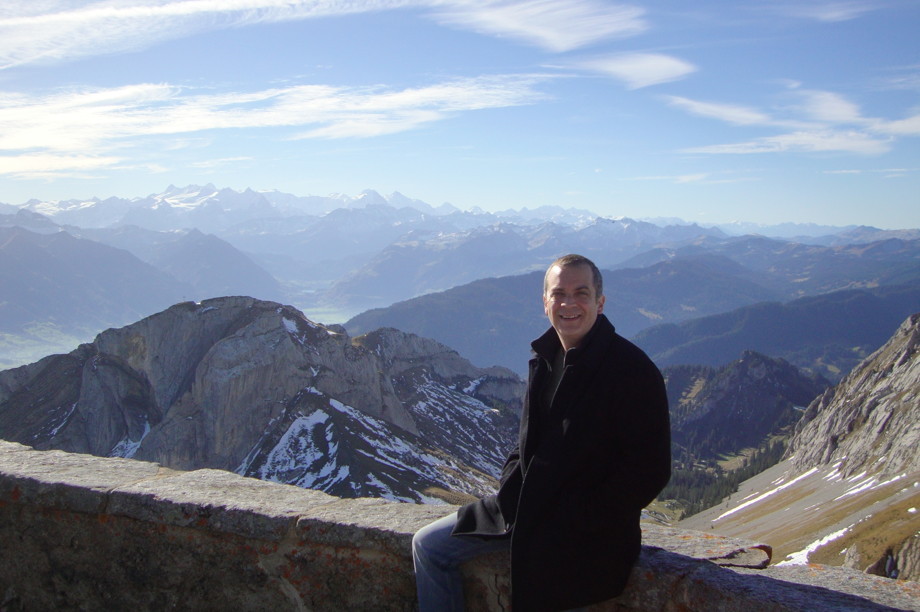
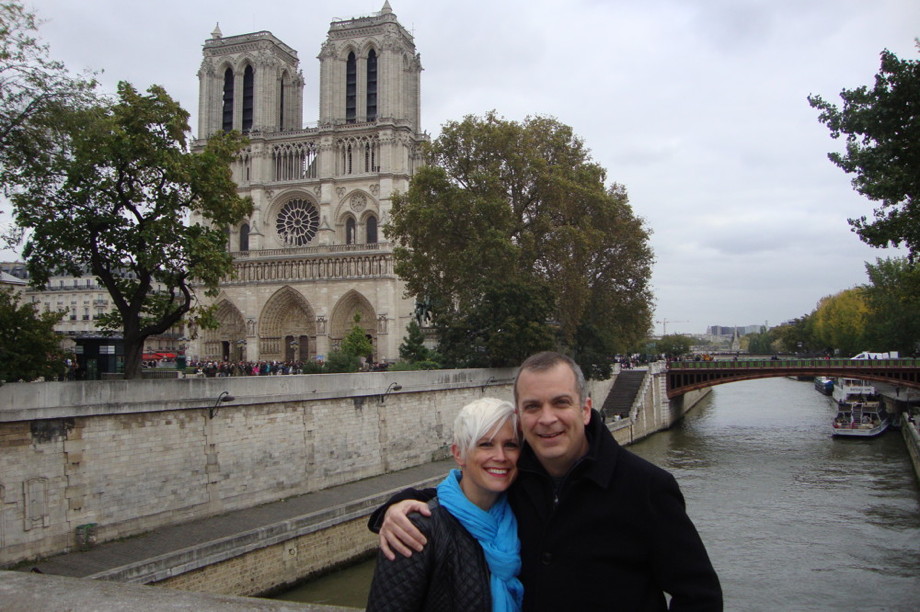



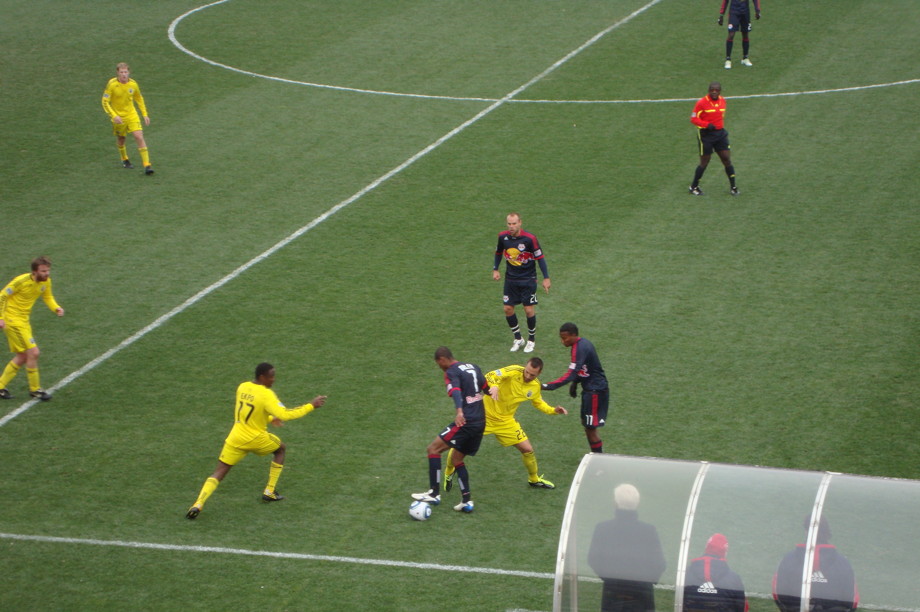

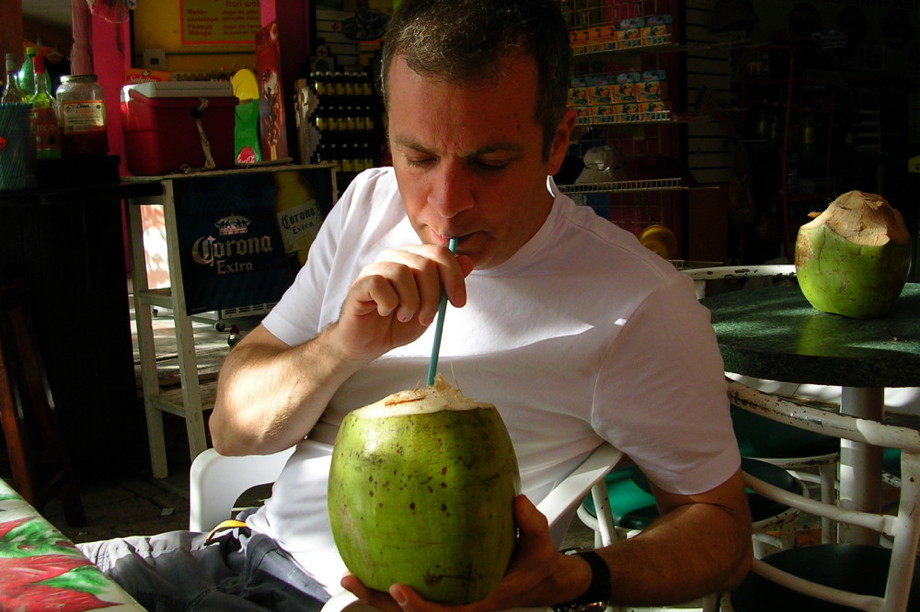
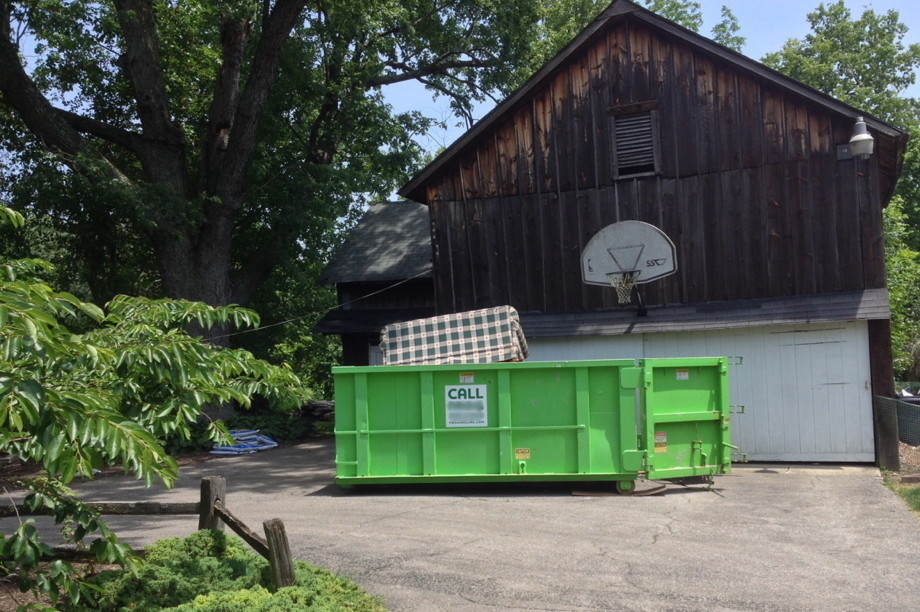
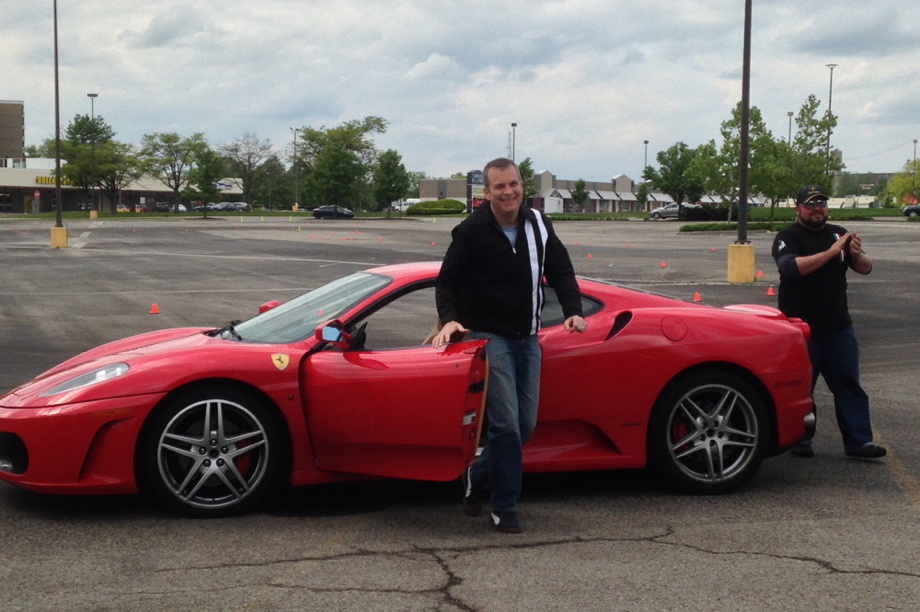
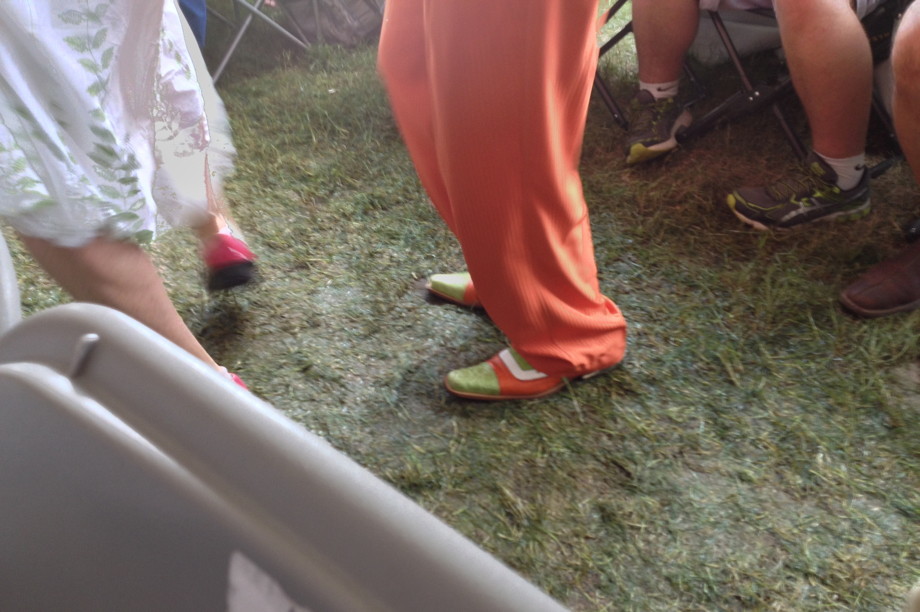
Add a comment
Comments